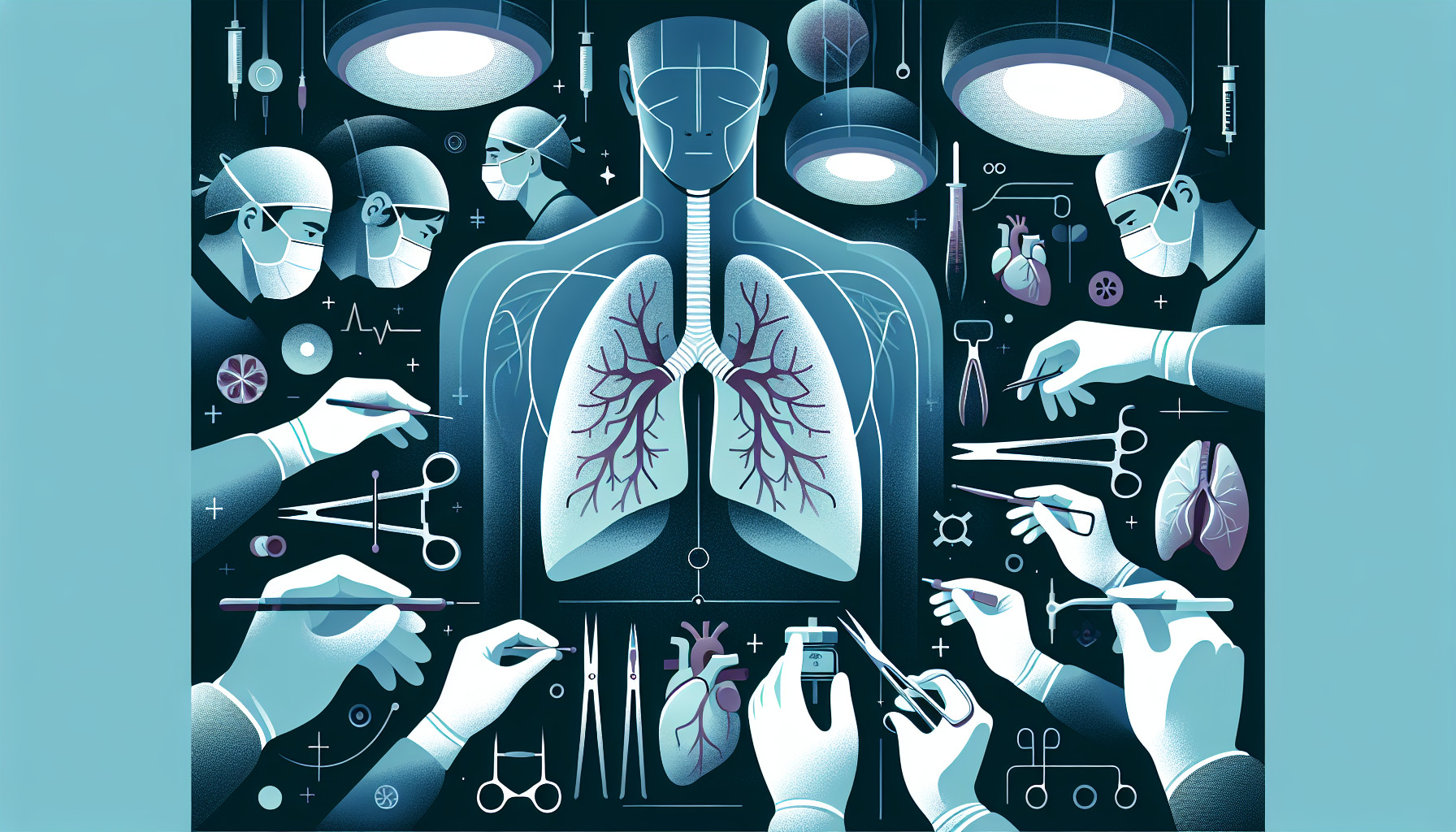Our Summary
This research paper reviews the subject of lung transplants in children, a procedure which has become widely accepted as a treatment for severe lung conditions that affect a child’s quality of life and expected lifespan. Each year, over 100 lung transplants are performed on children globally. However, the long-term success of these procedures is restricted by a lack of available donor organs, mortality on the waiting list, a higher risk of infection due to the suppression of the immune system, and late-stage complications. These may include chronic dysfunction of the transplanted lung, the child not taking their medication as directed, and difficulties in transitioning from pediatric to adult care. This paper will delve into these specific issues related to pediatric lung transplantation and provide an update on the latest advancements in managing children who have received a lung transplant.
FAQs
- What are the specific aspects of pediatric lung transplantation?
- What are the recent developments in the management of pediatric lung transplant recipients?
- What are the factors limiting the long-term success of pediatric lung transplantation?
Doctor’s Tip
One helpful tip a doctor might give to a patient about lung transplant is to closely follow the medication schedule and adhere to the prescribed immunosuppressant medications. These medications are crucial for preventing rejection of the transplanted lung and maintaining overall lung function. Missing doses or not taking medications as directed can increase the risk of complications and decrease the success of the transplant. It is important to communicate openly with your healthcare team about any concerns or difficulties with medication management.
Suitable For
Patients who are typically recommended for lung transplant include those with end-stage lung diseases, impaired quality of life, and reduced life expectancy. These patients may suffer from conditions such as cystic fibrosis, pulmonary hypertension, interstitial lung disease, and bronchiolitis obliterans. Additionally, patients who have failed other medical therapies and are not responding to conventional treatments may be considered for lung transplantation. It is important to note that the decision to undergo lung transplantation is made on a case-by-case basis, taking into consideration the patient’s overall health status, age, and potential for successful outcomes.
Timeline
Before lung transplant:
- Patient is diagnosed with end-stage lung disease and is evaluated by a transplant team to determine if they are a suitable candidate for a lung transplant.
- Patient is placed on the transplant waiting list and waits for a suitable donor organ to become available.
- Patient undergoes pre-transplant medical tests and evaluations to assess their overall health and readiness for surgery.
- Patient may experience worsening symptoms and declining health as they wait for a donor organ.
After lung transplant:
- Patient undergoes the lung transplant surgery, which involves removing the diseased lung(s) and replacing it with a healthy donor lung.
- Patient is closely monitored in the intensive care unit immediately after surgery for any complications.
- Patient begins a regimen of immunosuppressive medications to prevent rejection of the donor lung.
- Patient undergoes regular follow-up appointments and tests to monitor the function of the transplanted lung and overall health.
- Patient may experience complications such as infection, rejection, or chronic lung allograft dysfunction in the months and years following the transplant.
- Patient must adhere to a strict medication schedule and lifestyle changes to maintain the health of the transplanted lung.
- Patient may experience improvements in symptoms and quality of life following the lung transplant.
What to Ask Your Doctor
- What is the success rate of pediatric lung transplant procedures in children of my child’s age and condition?
- How long is the average wait time for a suitable donor organ for a pediatric lung transplant?
- What are the potential risks and complications associated with pediatric lung transplantation?
- How often will my child need to take immunosuppressant medications after the transplant, and what are the potential side effects?
- How frequently will my child need to follow up with their transplant team after the procedure?
- What lifestyle changes will my child need to make post-transplant to ensure the best possible outcome?
- How will my child’s care be coordinated between their transplant team and their primary care physician?
- What support services are available for pediatric lung transplant recipients and their families?
- What is the long-term outlook for pediatric lung transplant recipients in terms of life expectancy and quality of life?
- Are there any ongoing research studies or clinical trials that my child may be eligible for as a pediatric lung transplant recipient?
Reference
Authors: Benoit TM, Benden C. Journal: Curr Opin Organ Transplant. 2019 Jun;24(3):324-328. doi: 10.1097/MOT.0000000000000630. PMID: 31090643
